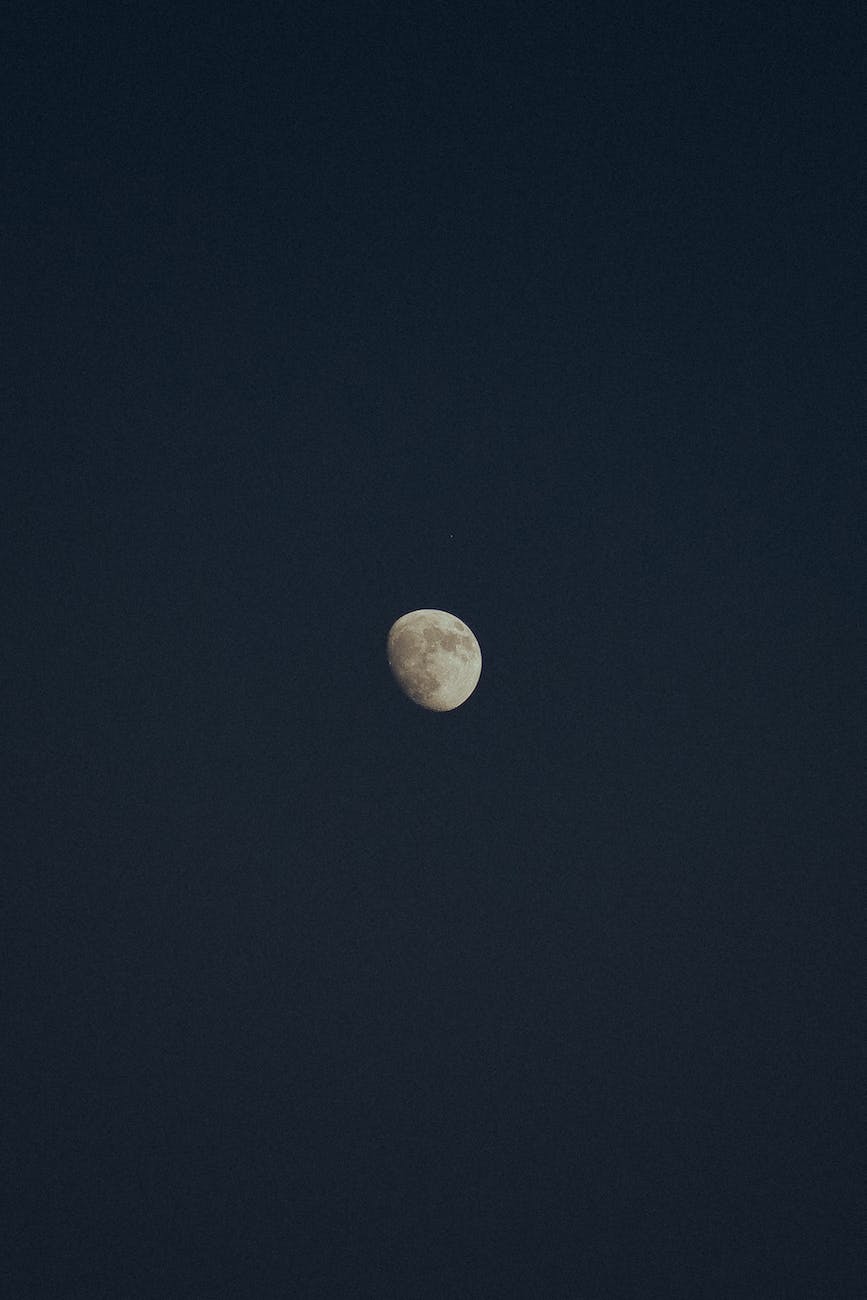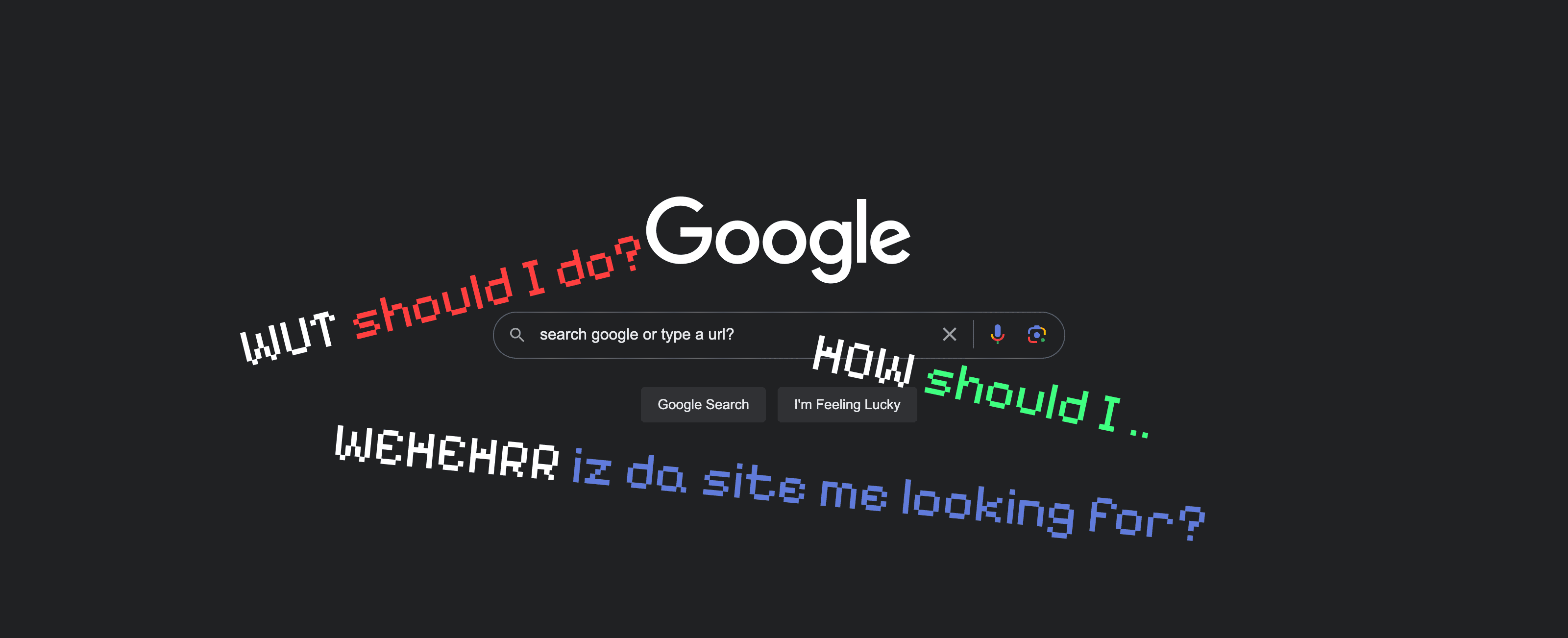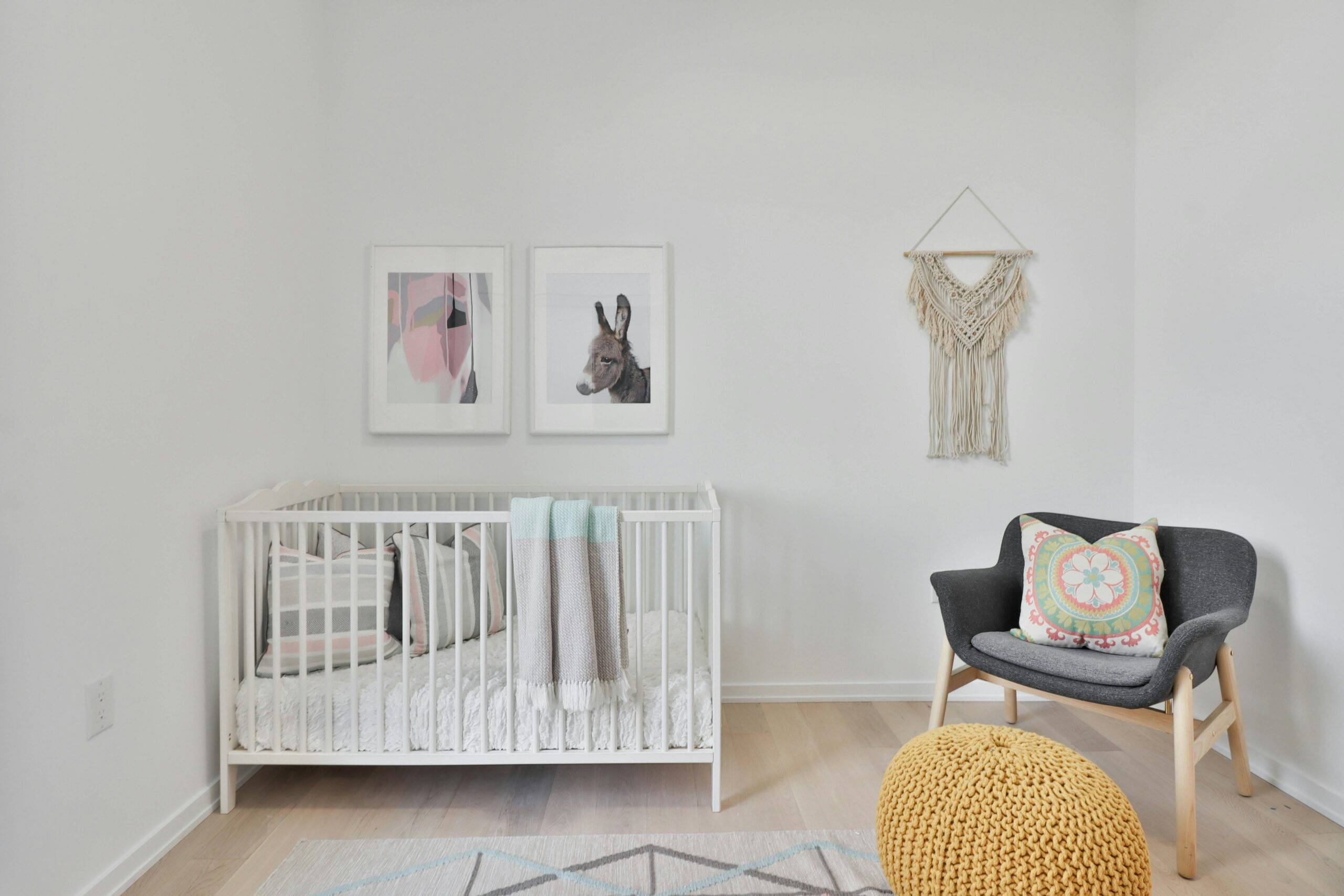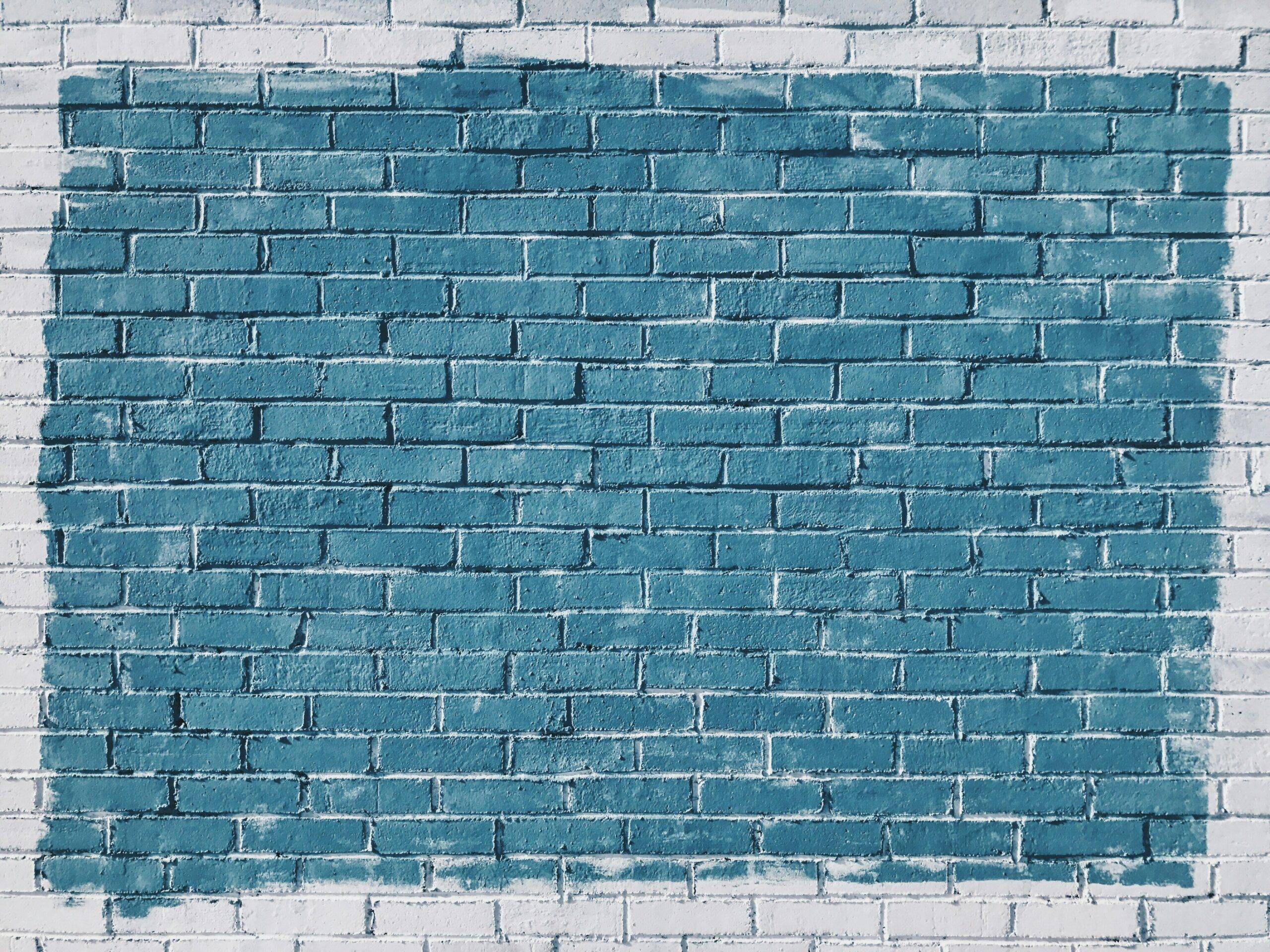Understanding Solar Eclipse Safety
When a solar eclipse occurs, it attracts the attention of many, from astronomers to urban outdoor enthusiasts. Yet, the celestial spectacle also brings potential risks to the unwary observer. Understanding these risks and the importance of proper eye protection is crucial for anyone planning to view a solar eclipse.
The Risks of Direct Viewing
Observing a solar eclipse with the naked eye can be dangerous and potentially cause serious harm to one’s vision. The intense light from the sun can damage the sensitive cells in the retina, leading to temporary or even permanent vision problems. The threat remains during all phases of the eclipse, not just when the sun is fully obscured.
NASA emphasizes that the only safe way to view the uneclipsed or partially eclipsed sun is through special-purpose solar filters, such as “eclipse glasses” or hand-held solar viewers (NASA). Regular prescription glasses or contact lenses do not offer protection against the harmful rays, even when used in conjunction with solar filters.
Importance of Proper Filtration
Proper filtration is essential when viewing a solar eclipse directly. Special solar filters are designed to block out the majority of the sun’s ultraviolet (UV) and infrared (IR) radiation, which can cause significant eye damage. Solar eclipse glasses, for example, are equipped with lenses that have special filters to protect your eyes (VS Eyewear).
It is critical to use eyewear that meets the ISO 12312-2 international safety standard for direct observation of the sun. These filters are much darker than typical sunglasses, which are not suitable for eclipse viewing, regardless of the darkness of their lenses. Solar filters should have a shade number of 12 or higher to ensure safe viewing.
In addition to wearing certified eclipse glasses, viewers can also use telescopes with solar filters for a magnified view of the eclipse, or employ pinhole projectors and other projection techniques for indirect observation of the sun’s image. Before any direct viewing, it’s important to inspect the solar viewers for damages or scratches that could compromise their effectiveness (VS Eyewear).
Safety during a solar eclipse is paramount. By understanding the risks and employing proper filtration methods, enthusiasts can enjoy the awe-inspiring event without jeopardizing their eyesight.
Selecting Safe Viewing Equipment
Protecting one’s eyes during a solar eclipse is paramount, and selecting appropriate viewing equipment is critical to safely enjoy this astronomical event. The equipment must meet stringent safety standards to ensure adequate eye protection against the sun’s intense rays.
ISO 12312-2 Standard Explained
The ISO 12312-2 international safety standard is the benchmark for solar eclipse glasses, ensuring they block out 99.99% of the sun’s harmful ultraviolet (UV) and infrared (IR) radiation. The standard mandates that the lenses in solar eclipse glasses must contain special filters to block the majority of the sun’s radiation, making direct viewing of the sun safe for the eye retina (Space.com).
| Criteria | Requirement |
|---|---|
| Sunlight Reduction | Reduce visible sunlight to safe levels |
| Ultraviolet Radiation Blocking | Block 99.999% of UV radiation |
| Infrared Radiation Blocking | Block 99.999% of IR radiation |
The American Astronomical Society (AAS) and NASA recommend that eclipse glasses or handheld solar viewers comply with this standard for filters used in direct solar viewing. This compliance ensures that viewers reduce visible sunlight to safe levels and almost entirely block solar UV and IR radiation.
Identifying Reputable Manufacturers
To ensure safety, it is crucial to purchase solar eclipse glasses from reputable manufacturers or authorized dealers. The AAS provides a list of verified manufacturers and suppliers who comply with ISO 12312-2 international safety standards for solar viewers and filters. It’s imperative to obtain products from these trusted sources to avoid counterfeit items that may not provide adequate protection.
Eclipse viewers or glasses should have the ISO logo or a label indicating ISO 12312-2 compliance. However, it is important to note that this labeling alone is not sufficient proof of safety. Eclipse glasses and viewers must be tested and verified by accredited laboratories, which use spectrophotometers to ensure compliance with the ISO standard. Individuals cannot check this compliance themselves, which is why purchasing from reputable sources is essential.
When preparing for a solar eclipse, consider welders glasses or eclipse welders glass, which may also offer the necessary protection if they meet the required safety standards, such as shade number 14 or higher. Always verify that any welders glasses or goggles, such as 14 welding goggles or welders glasses 14, are appropriate for eclipse viewing by checking their compliance with the ISO standard.
In conclusion, safety during a solar eclipse begins with choosing the right equipment. Verify that your choice of glasses or viewers, whether welding glass for eclipse or specialized eclipse welding goggles, meets the ISO 12312-2 standard and has been sourced from a verified supplier (welding glasses for solar eclipse).
Misconceptions About Welders Glasses
When it comes to observing a solar eclipse, there is often confusion regarding the suitability of welders glasses for protecting one’s eyes. Understanding the differences between welding glasses and solar eclipse glasses, as well as choosing the correct shade number, is essential for eye safety.
Differences Between Welding and Eclipse Glasses
Welders glasses are designed to shield the eyes from the intense light and radiation produced during welding, particularly infrared and ultraviolet radiation. However, they are not optimized for the intense visible light emitted by the sun during an eclipse. In contrast, solar eclipse welders glasses are specifically crafted to safeguard the eyes from the full spectrum of solar radiation, including the harmful rays encountered during an eclipse (Phillips Safety Products).
While standard welding glasses protect against certain types of radiation, they may not provide adequate protection against the sun’s rays during an eclipse. It is critical to use eclipse glasses that meet the ISO 12312-2 international safety standard, as these are tested and proven to be safe for direct solar viewing.
Choosing the Correct Shade Number
The American Astronomical Society (AAS) and NASA recommend using welders glass of Shade 12 or higher for viewing solar eclipses. Glasses with a shade number less than 12 do not offer sufficient protection and are not considered safe for looking directly at the sun. It should be noted that the AAS does not list any suppliers of welder’s filters for eclipse viewing, only suppliers of special-purpose solar filters (NASA).
| Shade Number | Safety for Solar Viewing |
|---|---|
| Less than 12 | Unsafe |
| 12 or higher | Safe |
It is important to ensure that the welders glasses 14 shade or welding goggles shade 14 you choose for eclipse viewing are up to the safety standards required for such an activity. Using anything less than the recommended shade can result in severe eye damage or blindness.
For those interested in purchasing the correct equipment, exploring options like number 14 welders goggles or a welders glass shade 14 that is designed for solar viewing can provide the necessary protection. Always verify that the products are compliant with the relevant safety standards before use, and consider purchasing from verified suppliers of safe solar viewers to avoid counterfeits.
Usage and Maintenance of Eclipse Glasses
Eclipse glasses are a vital tool for anyone interested in safely observing solar eclipses. With proper usage and maintenance, these glasses can protect your eyes from the sun’s harmful rays. However, to ensure their effectiveness, it’s important to regularly inspect and maintain them.
Inspecting for Damages
Before each use, it is crucial to inspect your eclipse glasses for any signs of wear or damage. Look for scratches, tears, or loose frames that could potentially allow unfiltered sunlight to reach your eyes. Even a small defect can significantly reduce the protective capabilities of the glasses.
Here are key points to check:
- Ensure there are no scratches on the lenses.
- Check that the lenses are not punctured or torn.
- Confirm the frames are intact and not bent or broken.
- Make sure the glasses fit properly over your eyes without any gaps.
If any damage is detected, or if the glasses have been used extensively, it is safer to dispose of them and obtain a new pair. Remember, your vision is at stake, and no risk should be taken. For more information on the inspection process, visit VS Eyewear.
Usage Lifespan and Replacement
Eclipse glasses are not designed for indefinite use. The protective filters in the lenses can degrade over time, especially if the glasses are not stored correctly or are used frequently. According to Space.com, if the glasses have scratches, are more than three years old, or have been exposed to sunlight for long periods of time, they may not provide adequate protection and should be replaced.
| Condition for Replacement | Action |
|---|---|
| Glasses are scratched | Replace immediately |
| Glasses are over three years old | Replace as a precaution |
| Prolonged exposure to sunlight | Replace to ensure safety |
Always store your eclipse glasses in a dry, dark place where they are not subjected to extreme temperatures or pressure. Keep them in a protective pouch or a rigid container to avoid any accidental damage.
For those who are avid eclipse viewers, it may be wise to replace your glasses more frequently to guarantee maximum protection. Always ensure that the solar eclipse glasses you purchase meet the ISO 12312-2 international safety standard to block out 99.99% of the sun’s harmful UV and IR radiation.
In conclusion, proper inspection and maintenance of eclipse glasses are paramount for safe viewing of solar eclipses. Replace any damaged or old glasses to maintain the highest level of eye protection. For an array of safe and certified viewing options, explore products like #14 welding glass and welding glasses for solar eclipse that conform to safety standards.
Safe Viewing Techniques
When observing a solar eclipse, it’s crucial to protect your eyes with proper techniques to ensure a safe and enjoyable experience. This section will cover the best practices for supervision, particularly for children, and highlight alternatives to traditional solar eclipse welders glasses that can be employed to view this astronomical event safely.
Supervision and Children’s Safety
Children are naturally curious about astronomical events like solar eclipses, but their eyes are especially vulnerable to damage. It’s imperative to ensure that they understand the importance of never looking directly at the sun without proper eye protection.
During a solar eclipse, it is important to always supervise children and make sure they are wearing proper solar eclipse glasses or using safe viewing methods (Space.com). Even during the brief moment of totality, when the sun is completely covered by the moon, it’s essential to keep a close watch to ensure that children do not remove their glasses too soon or look at the sun as it reemerges.
| Age Group | Supervision Level | Protective Gear |
|---|---|---|
| Toddlers | Constant, hands-on | Strap-on eclipse glasses |
| Young Children | Constant, within arm’s reach | Adjustable eclipse glasses |
| Pre-Teens | Frequent checks | Standard eclipse glasses |
| Teenagers | Initial instruction, periodic checks | Standard eclipse glasses |
Alternatives to Eclipse Glasses
While eclipse glasses are the most commonly known method for viewing a solar eclipse, there are several alternatives that provide safe ways to enjoy the event:
-
Pinhole Projectors: These are a safe, indirect viewing method that allows observers to see an image of the sun projected onto a surface. Pinhole projectors can be easily made at home with common materials and are especially suitable for group viewing, making them a popular choice for schools and educational programs.
-
Telescopes with Solar Filters: For those interested in a more detailed view of the eclipse, telescopes equipped with special solar filters provide a magnified image of the sun. However, it’s important to ensure that the filter is properly attached and free from any damage before use.
-
Special-Purpose Solar Filters: These filters, often referred to as “eclipse glasses” or hand-held solar viewers, are designed to allow direct viewing of the sun. Homemade filters or ordinary sunglasses, even those with dark lenses, are not safe for looking at the sun and should never be used as a substitute (NASA).
Remember, the only safe way to look directly at the uneclipsed or partially eclipsed sun is through special-purpose solar filters with a shade number of 12 or higher. Standard filters used for welding, which are generally not dark enough to view the sun safely, should be avoided unless they meet the necessary criteria, such as a #14 welding glass (NASA).
By following these safe viewing techniques and ensuring that all equipment used meets the appropriate safety standards, you can enjoy the awe-inspiring sight of a solar eclipse without risking the health of your eyes. Whether you’re using welding glasses 14 shade or another form of solar viewer, remember to check for authenticity and safety compliance to protect both your vision and that of any youngsters in your care.
Recognizing and Avoiding Counterfeits
Ensuring the safety of one’s eyes during a solar eclipse is paramount, and that means being vigilant against counterfeit viewing equipment. In this section, we detail how to spot fake eclipse glasses and highlight verified suppliers of safe solar viewers.
Spotting Fake Eclipse Glasses
With the market having been flooded by counterfeit eclipse glasses, particularly before significant events such as the August 21, 2017 total solar eclipse, it’s critical to know how to distinguish authentic products from unsafe imitations. Here are some tips to help you identify genuine eclipse glasses:
-
ISO Certification: Safe eclipse glasses or handheld solar viewers must meet the ISO 12312-2 international safety standard. Be aware that simply having an ISO logo or a label claiming ISO 12312-2 compliance is not proof of safety, as this cannot be verified by individuals and requires testing by accredited labs with specialized equipment like a spectrophotometer (AAS).
-
Reputable Suppliers: Always purchase from reputable manufacturers, authorized dealers, or suppliers listed on the American Astronomical Society’s (AAS) Suppliers of Safe Solar Filters & Viewers page. This ensures that the products have been verified and are compliant with necessary safety standards.
-
Warning Signs: Be cautious of glasses that are wrinkled, scratched, or do not have printed instructions for safe use. Additionally, if you can see ordinary household lights while wearing the eclipse glasses, they may not be safe for viewing the sun.
To assist in identifying genuine products, the following table lists some characteristics of authentic solar viewers:
| Feature | Authentic Solar Viewer |
|---|---|
| ISO Standard | Meets ISO 12312-2 |
| Manufacturer | Listed on AAS website |
| Visibility | Blocks out household lights |
| Condition | No wrinkles or scratches |
By familiarizing yourself with these details, you can better protect your eyes and enjoy the solar eclipse safely. For more information on the differences between welders glass and eclipse glasses, visit the provided link.
Verified Suppliers of Safe Solar Viewers
To help ensure that enthusiasts obtain the best straighteners for curly hair, here are some steps for recognizing verified suppliers:
-
AAS List: Consult the AAS’s list of manufacturers and authorized dealers, which is a comprehensive resource for finding suppliers of eclipse glasses and handheld solar viewers that comply with the ISO 12312-2 international safety standard.
-
Authorized Dealers: Purchase directly from authorized dealers or their official websites to ensure the authenticity of the eclipse viewers.
-
Education and Outreach: Participate in outreach programs or educational events where certified solar viewers may be distributed.
-
Avoid Unknown Sellers: Steer clear of purchasing eclipse glasses from unknown street vendors, websites with no certification evidence, or second-hand sources.
By following these guidelines and sourcing your solar viewers from legitimate suppliers, you can guard against counterfeit products and safeguard your vision. Explore additional resources such as eclipse welding goggles and welding glasses for solar eclipse for more insights into safely observing solar phenomena.




Leave a Reply